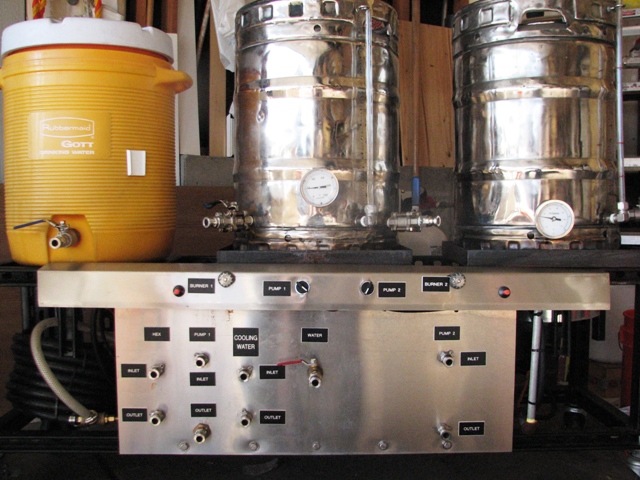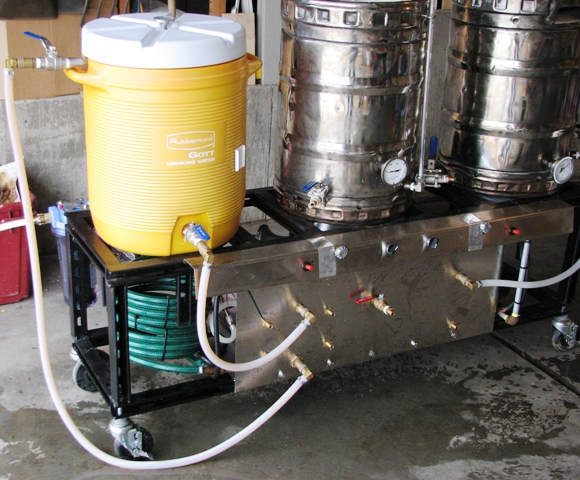Joe,
All my QDs have been sold already. Sorry.
Yambor,
ubermick is correct. Those are what I used.
All my QDs have been sold already. Sorry.
Yambor,
ubermick is correct. Those are what I used.

Wayne,
Thanks for sharing all the information on your set up. I'm trying to understand these items so as to utilize others experience before making my own. I was just wondering about a couple of things.
Does the relative depth of the tangent inlet relative to the outlet play a role. I would think if they are at the same depth, the tangent inlet would impinge its flow on the outlet connectors.
The second thing is, if you did it over again, would moving the tangent inlet's current position (A), clockwise to a position (B) be more helpful ? Or in your case, lengthen the stainless tube to run around so that its exit is just beyond the outlet connector.
Regards,
BB
Joe,
All my QDs have been sold already. Sorry.










Wayne,
Thanks for taking the time to further elaborate on the placement of the outlet and the remaining wort given the fact that we have keggles. I was wondering about this.
I have the same thing and will do as you have however I might place a tube inside of my outlet pipe to try and make your 90 elbow configuration (ie. weld in place SS bended tube).
Another question I have is, when you are sparging in the keggle, do you have a false bottom or some form of filtering?
Because I didn't cut the keg's lid all the way to the outmost diameter, would the false bottom have to be (2) pcs construction, so that it could be assembled inside the keggle? Or don't you even worry about this because you will recirculate and trap the trub in the center later.
Thanks again,
BB
Another question I have is, when you are sparging in the keggle, do you have a false bottom or some form of filtering?
Because I didn't cut the keg's lid all the way to the outmost diameter, would the false bottom have to be (2) pcs construction, so that it could be assembled inside the keggle? Or don't you even worry about this because you will recirculate and trap the trub in the center later.
Thanks again,
BB

Wayne,
Another question I have is, when you are sparging in the keggle, do you have a false bottom or some form of filtering?
Because I didn't cut the keg's lid all the way to the outmost diameter, would the false bottom have to be (2) pcs construction, so that it could be assembled inside the keggle? Or don't you even worry about this because you will recirculate and trap the trub in the center later.
Thanks again,
BB



I know this is an old thread, but consider me a necromancer. I have a question about your MLT setup. I am considering getting a march or chugger pump, and I also use an Igloo cooler as my MLT. I am curious what sort of fitting you use in the top of your MLT to recirculate your mash without oxidizing the bejeezus out of it? I want to use my pump for fly sparging, vorlauf, and whirlpool. I am planning on installing a whirlpool arm, and I have a little plastic sprayer nozzle on my sparge arm. I guess I could recirculate through it the sparge arm nozzle, but I am worried about hot side oxidation. I would really be interested in seeing your vorlauf fitting. That setup is AWESOME by the way. It looks like a more high tech version of Dogfish Head's first brew setup.